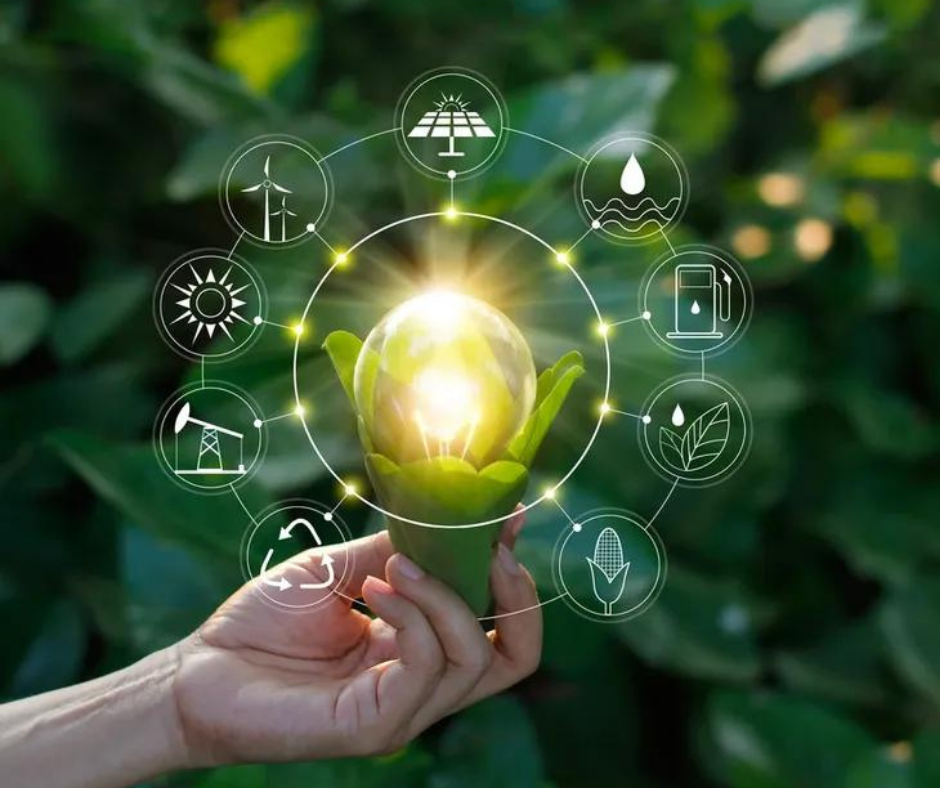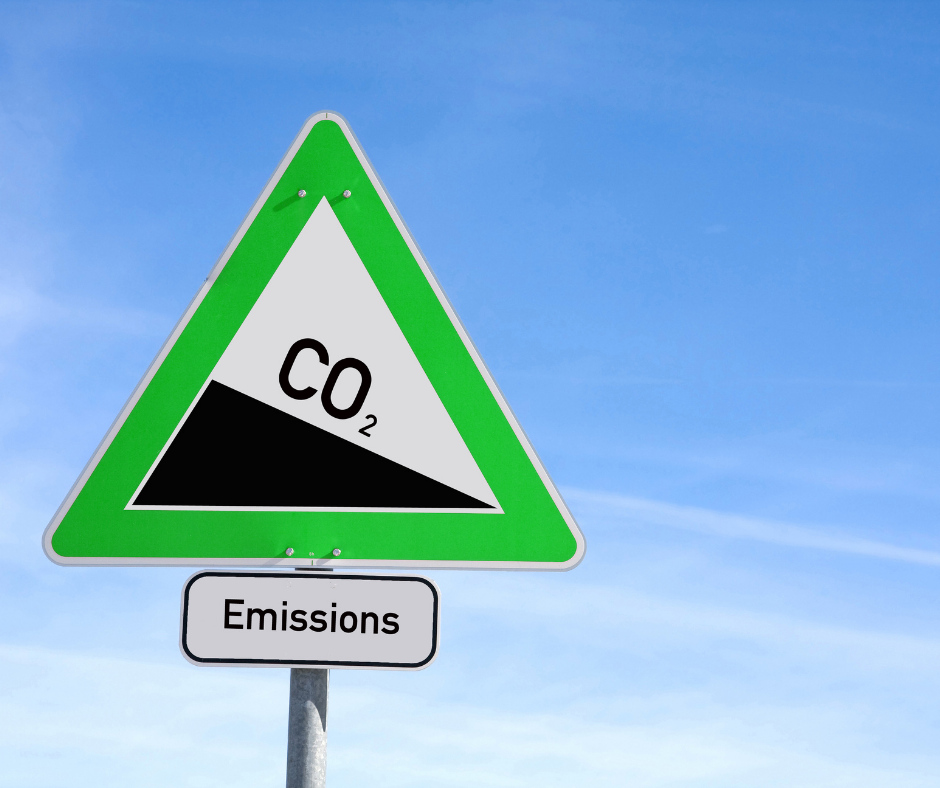Cactus Leather Watch Straps

Hurtig Lane Cactus Leather Watch Straps
At Hurtig Lane, we are passionately committed to redefining fashion with sustainability at its core. Our latest innovation, Cactus Leather Watch Straps, epitomizes this commitment, offering a blend of eco-consciousness and style.
Our ethos is grounded in cruelty-free, sustainable fashion. The choice of cactus leather is a significant step in addressing the pressing environmental and ethical concerns in the fashion industry. Sourced from the nopal cactus, this material not only promises durability and style but also drastically reduces the environmental impact compared to traditional leather or synthetic alternatives.
What makes our cactus leather straps stand out is their fusion of sustainable credentials with uncompromised quality and elegant design. These straps exemplify our belief that making eco-friendly choices does not mean sacrificing luxury or style. We will delve into the environmental advantages of cactus leather, its aesthetic appeal, durability, comfort, and the powerful statement these straps make about the wearer’s values and fashion sense.
As advocates for sustainable fashion, we see our cactus leather watch straps as a beacon of how fashion can align with environmental responsibility and sophisticated design. Join us in exploring the multifaceted benefits of these innovative straps and discover why they are the perfect accessory for those who are environmentally conscious and style-forward.

WATER
Cactus leather requires only 0.02m3 of water to produce 1m2 of material, significantly less than animal leather (32.95m3) and PU leather (2.93m3).

CARBON
Cactus Leather's carbon footprint stands impressively low at 1.39 Carbon GHG per m2, in stark contrast to 27.30 for animal leather and 4.81 for PU leather.

ENERGY
Cactus leather also excels in energy consumption, using only 34.33 CED (MJ) per m2, compared to 335.84 for animal leather and 92.93 for PU leather.

CARBON NEGATIVE
A mere 14 acres of organic cactus plantation can absorb a staggering 8,100 tons of CO2 annually, while the farm's CO2 generation stands at just 15.30 tons yearly.

SUSTAINABLE
From requiring minimal water for cultivation to an eco-conscious transformation process, cactus leather is a front-runner in sustainable material production, outdoing both its animal and PU counterparts.

EMISSIONS
In waste emissions too, Cactus Leather excels, emitting only 1.80 KGCO2EQ per m2, versus 27.30 for animal leather and 5.85 for PU leather.

Why Choose Cactus Leather?
- Cactus naturally offsets carbon, adeptly capturing CO2.
- A farm spanning 14 acres counters 8,100 tons of CO2 annually, emitting a minuscule 15.30 tons.
- Creating one linear meter of Desserto needs just three mature cactus leaves.
- Harvesting is eco-minded, keeping the cactus intact for future harvests every 6-8 months.
- Desserto cacti, USDA-certified organic, flourish in Zacatecas, Mexico – a land enriched with minerals.
- Cactus cultivation doesn't infringe upon food production, amplifying its value.
- Dual-purpose farming is promoted, with half the cactus yield serving the food industry.
- Cactus plants naturally regenerate soil, further enhancing their eco-friendly characteristics.
- Cactus needs just 200 liters of water to produce a kilogram of biomass, in stark contrast to the 1,000 liters typical for other crops.
- Hardy by nature, cacti flourish even where other crops falter.
